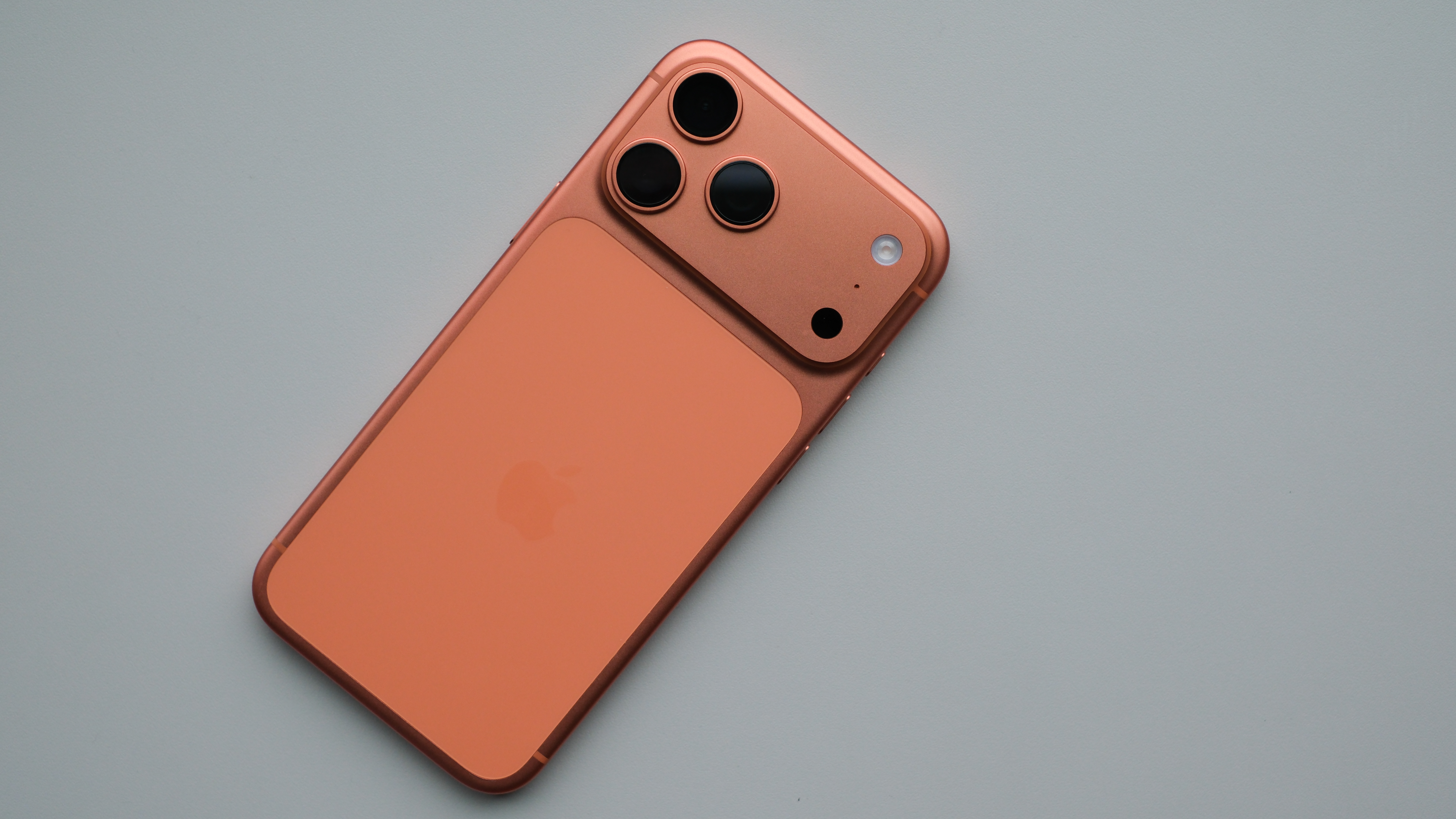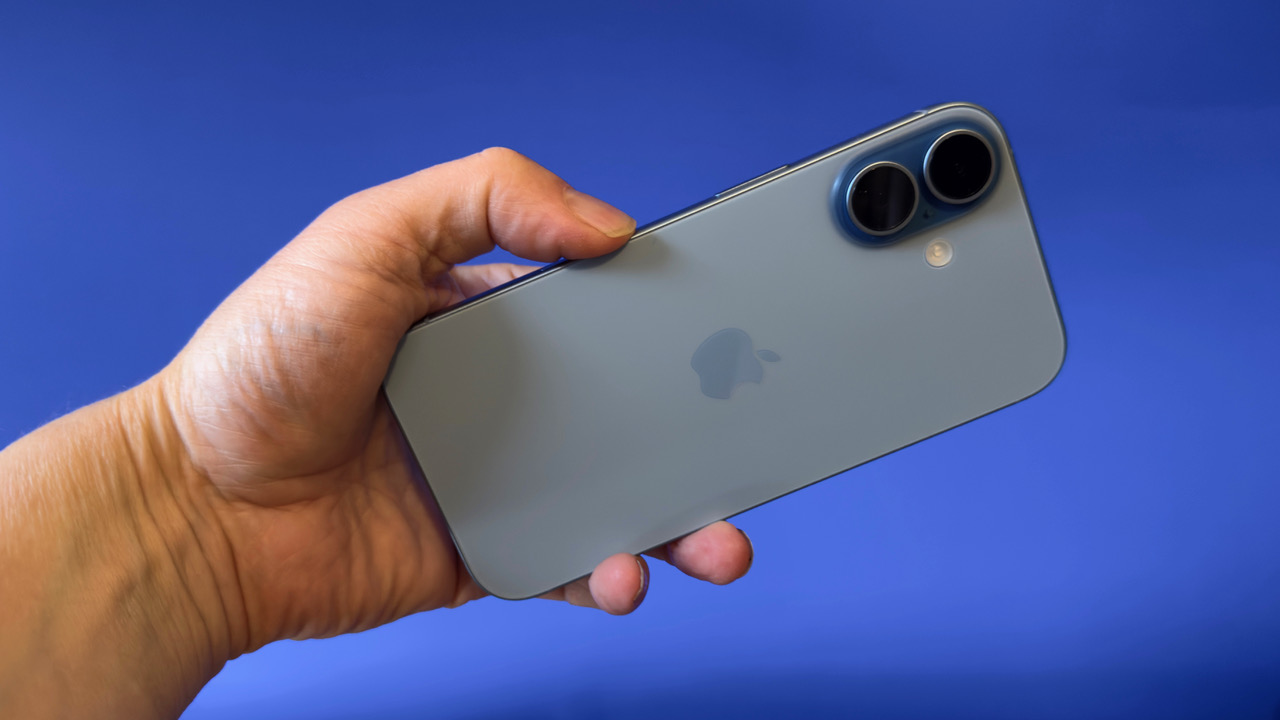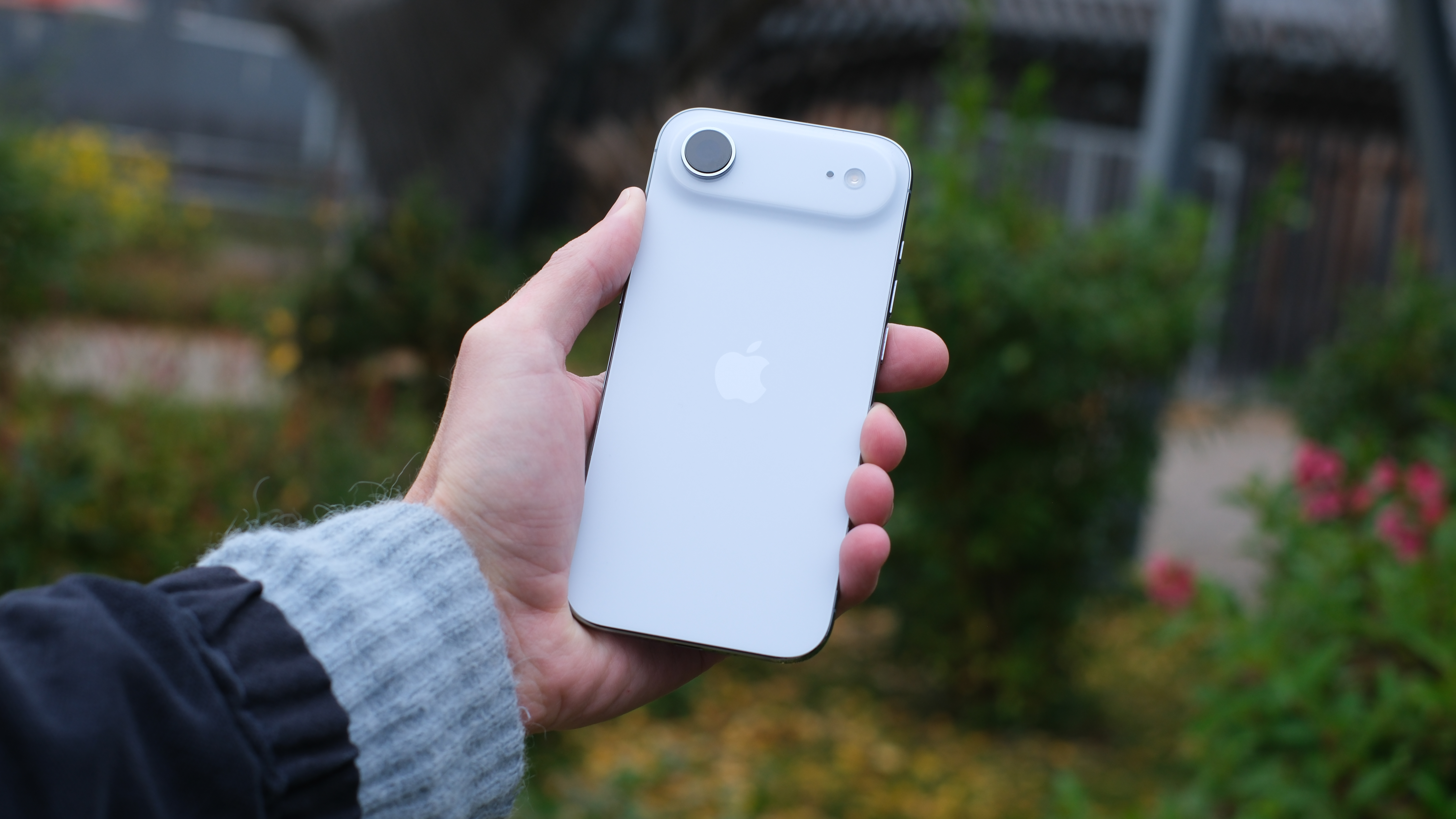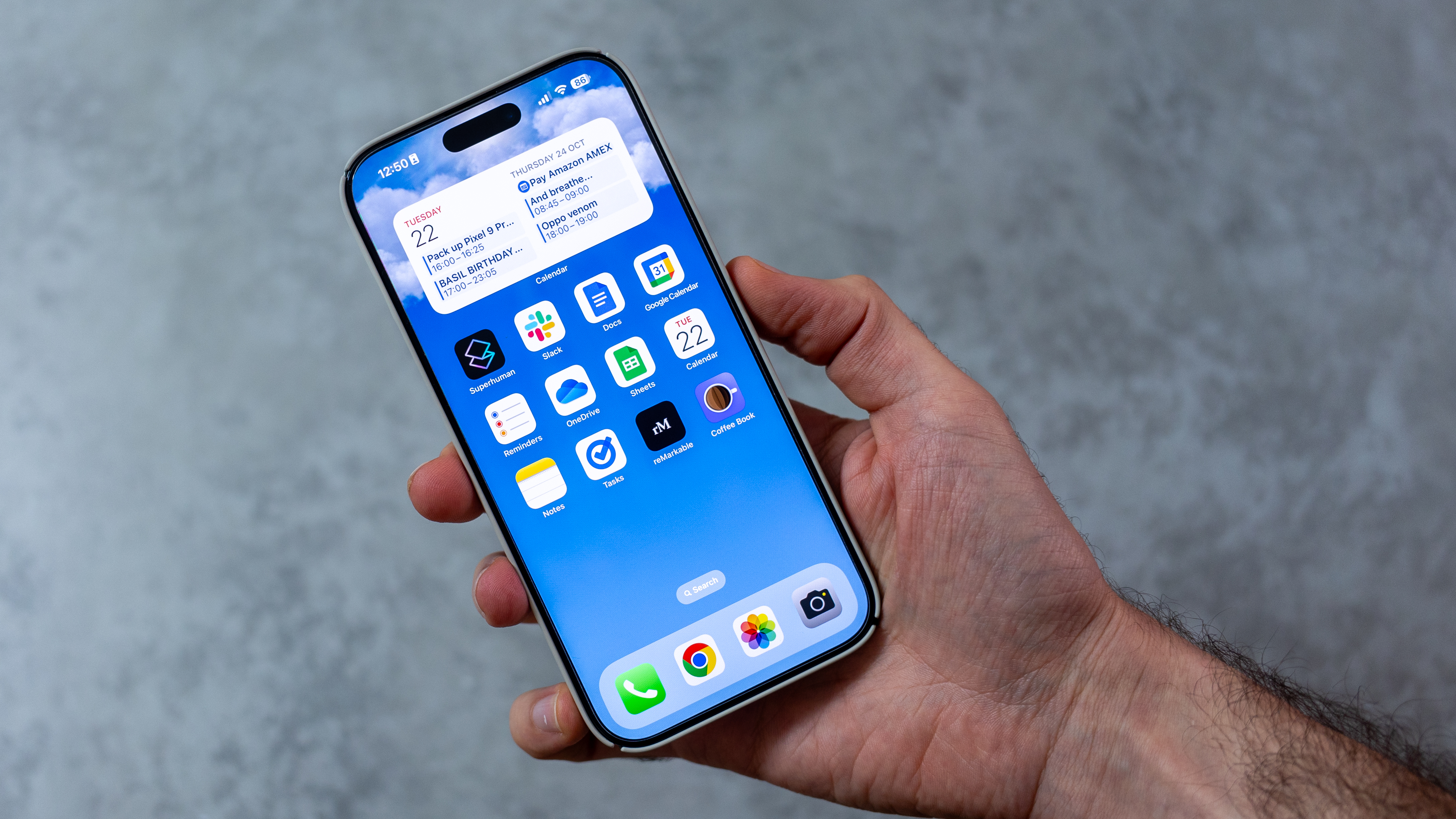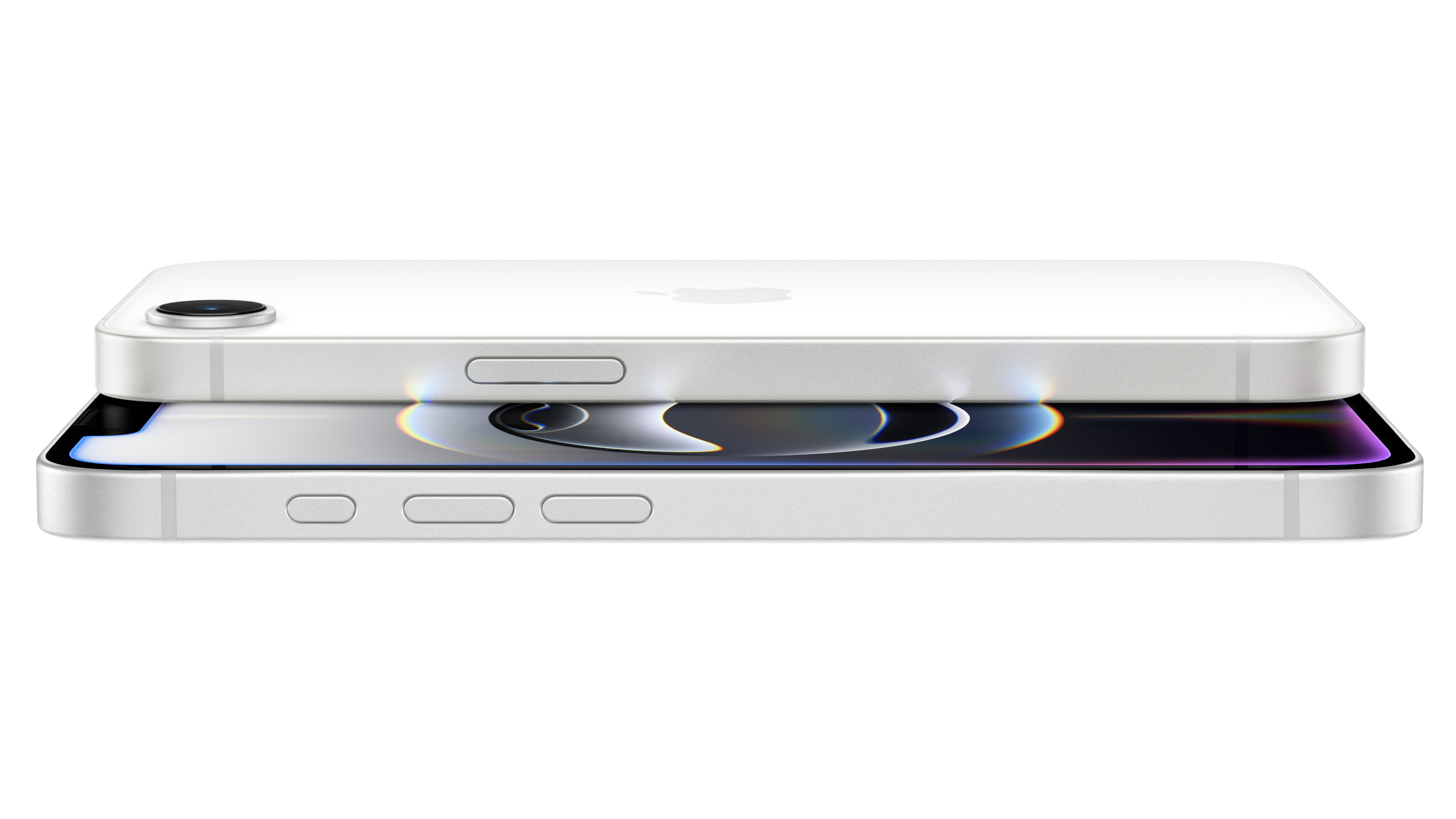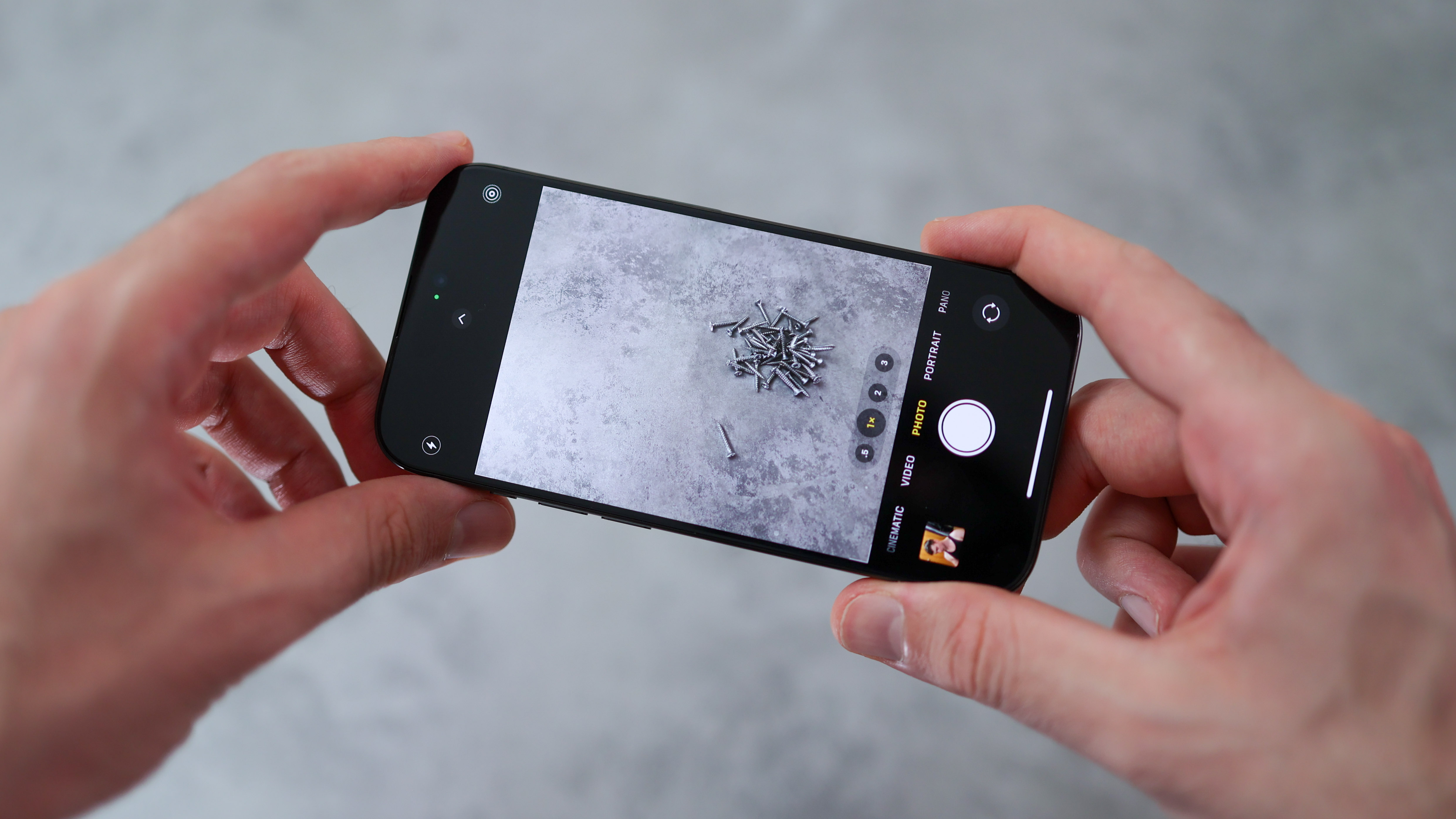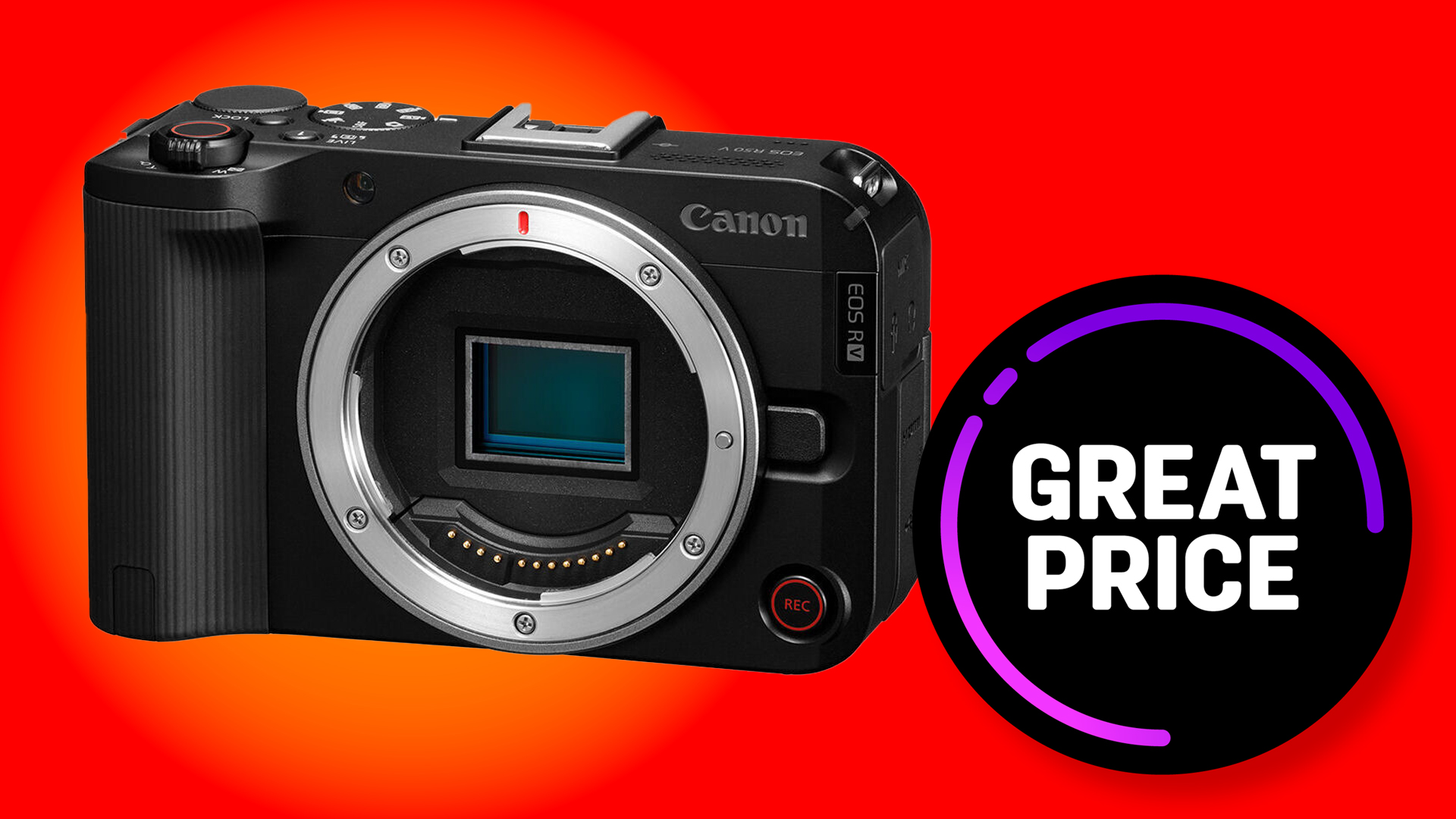The best iPhone for photography: from the iPhone 16e to iPhone 17 Pro Max
The best iPhone for photography can help you capture stunning images and professional videos
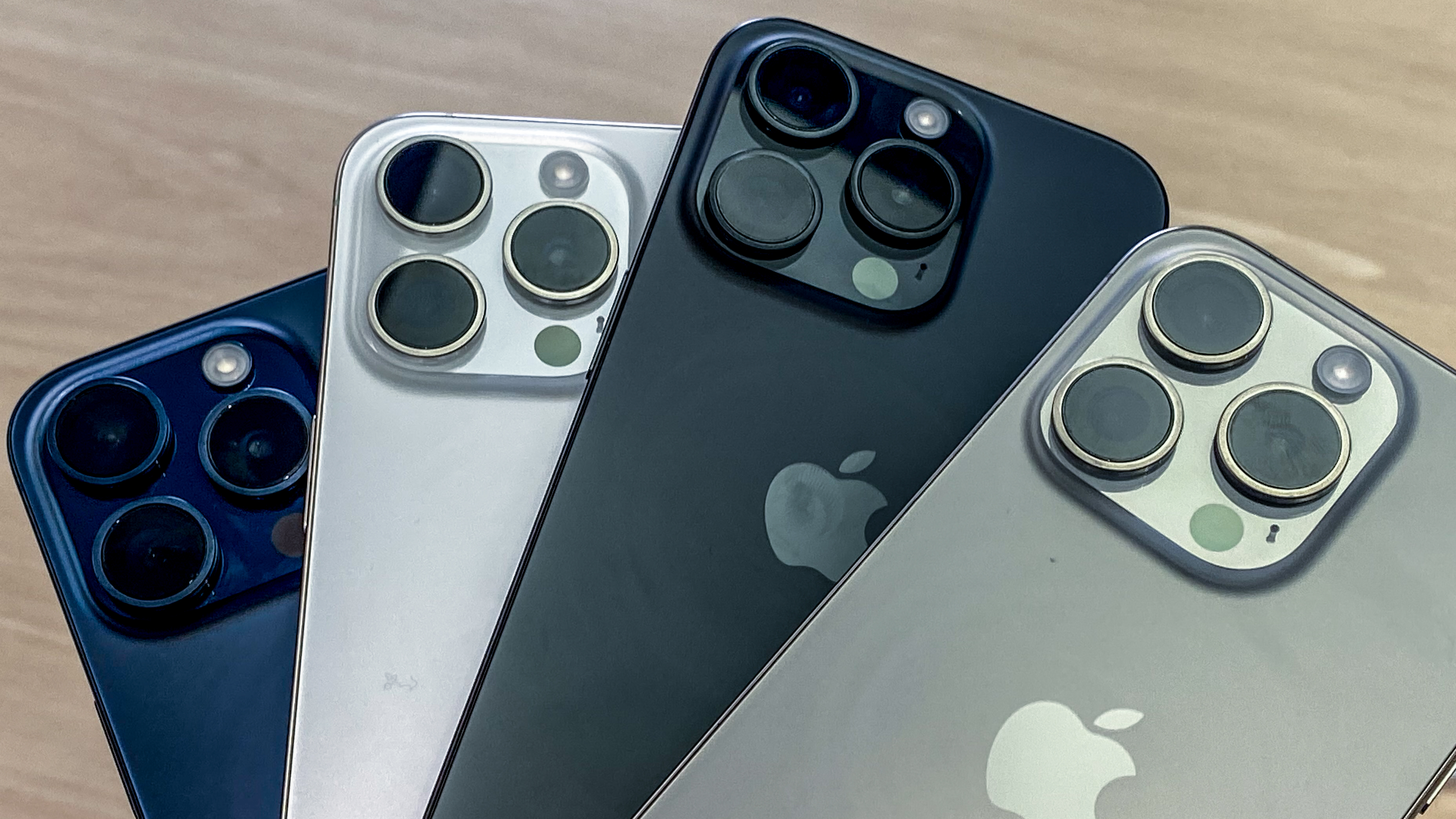
Apple is one of the biggest and best camera phone manufacturers, and it offers many different devices in its lineup, but the best iPhone for you lets you balance high-quality photographs and videos at a price that suits your pocket.
If you've got an unlimited budget and want the best that money can buy, the best iPhone for photography overall has to be either the iPhone 17 Pro Max. With three 48MP cameras and class-leading sensors, this is the camera phone to beat.
Older iPhone models tend to be cheaper, and this increased affordability continues as you go back through the range – though you'll also start to compromise on camera functionality. Find out more in our iPhone generations guide.
To help you find the right balance, we've listed the best iPhones for photography and the best prices you can get them for right now.

Gareth is the Reviews Editor at Digital Camera World, and the person in charge of approving all the latest camera-related tech. An everyday user of both iPhones and Android devices, and several years as a professional photographer – he certainly knows exactly what he likes in a phone camera!
The Quick List
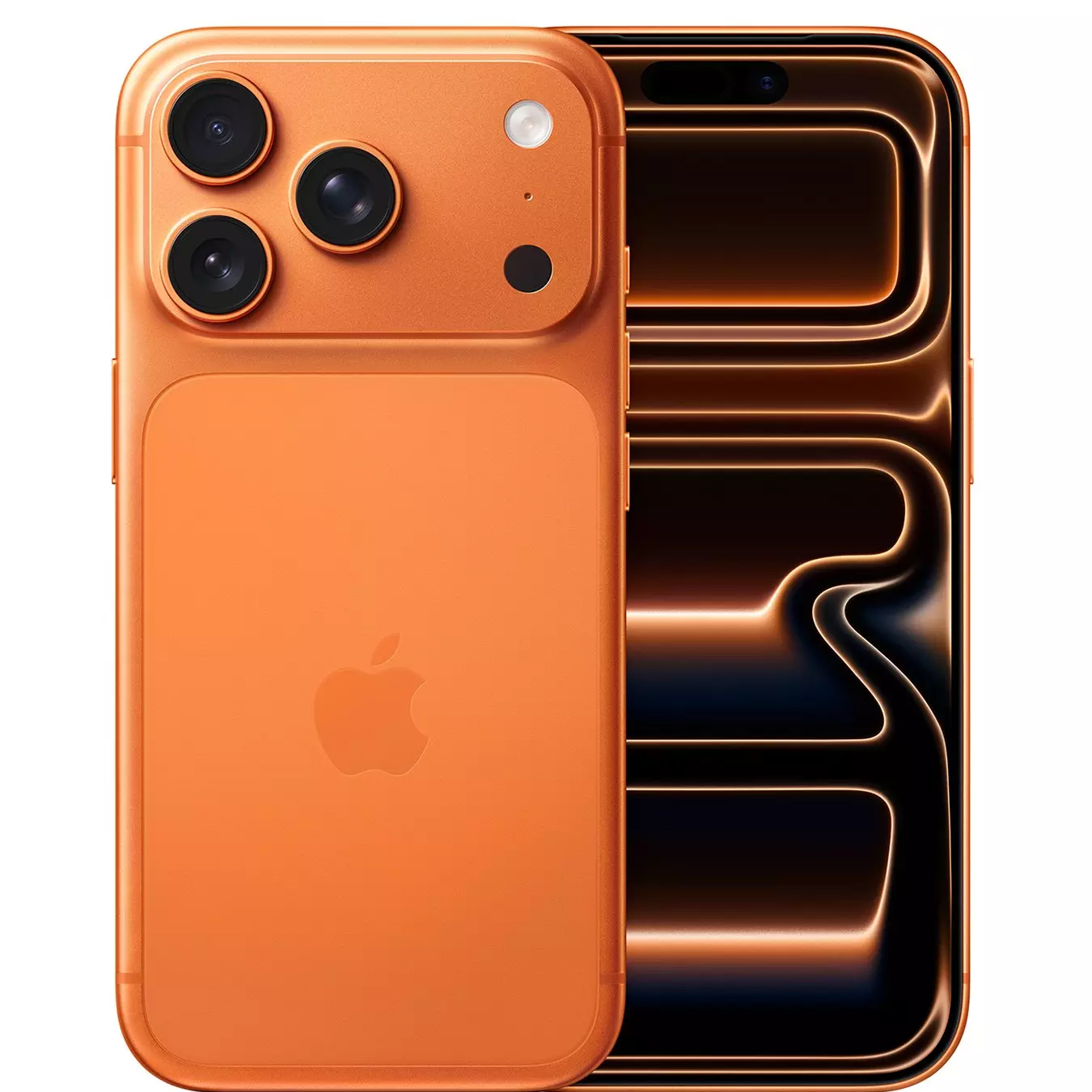
Thanks to a next-level camera system and outstanding onboard processing, the latest Pro Max phone from Apple is our overall winner when it comes to iPhone photography.
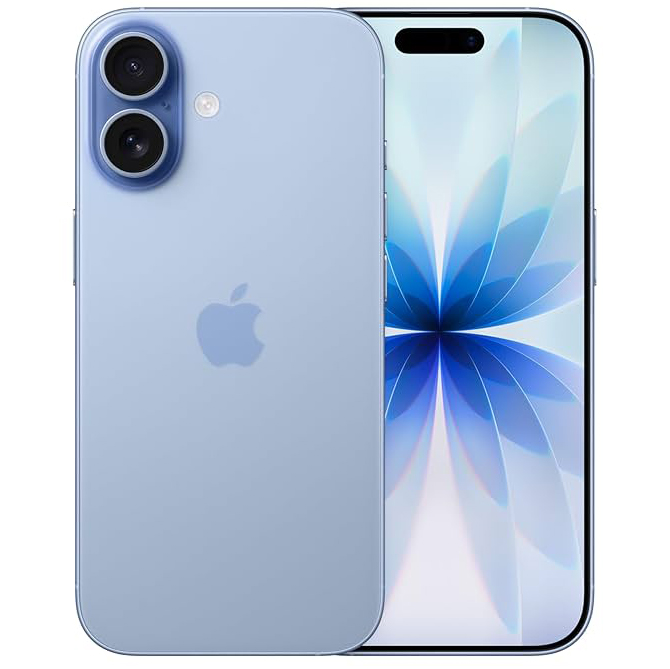
Despite only boasting two rear cameras, both offer 48MP resolution quality and sensors that allow users to capture details even in low-light settings.
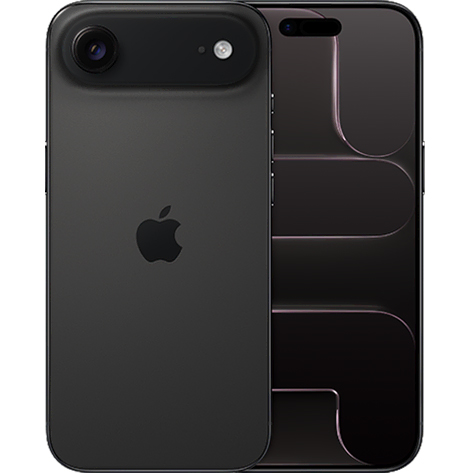
This new phone from Apple might only have one camera, but it does have a 48MP resolution and an f-number of 1.6. We haven't reviewed this model yet, but we expect the camera to be as good as the main camera on the iPhone 17.
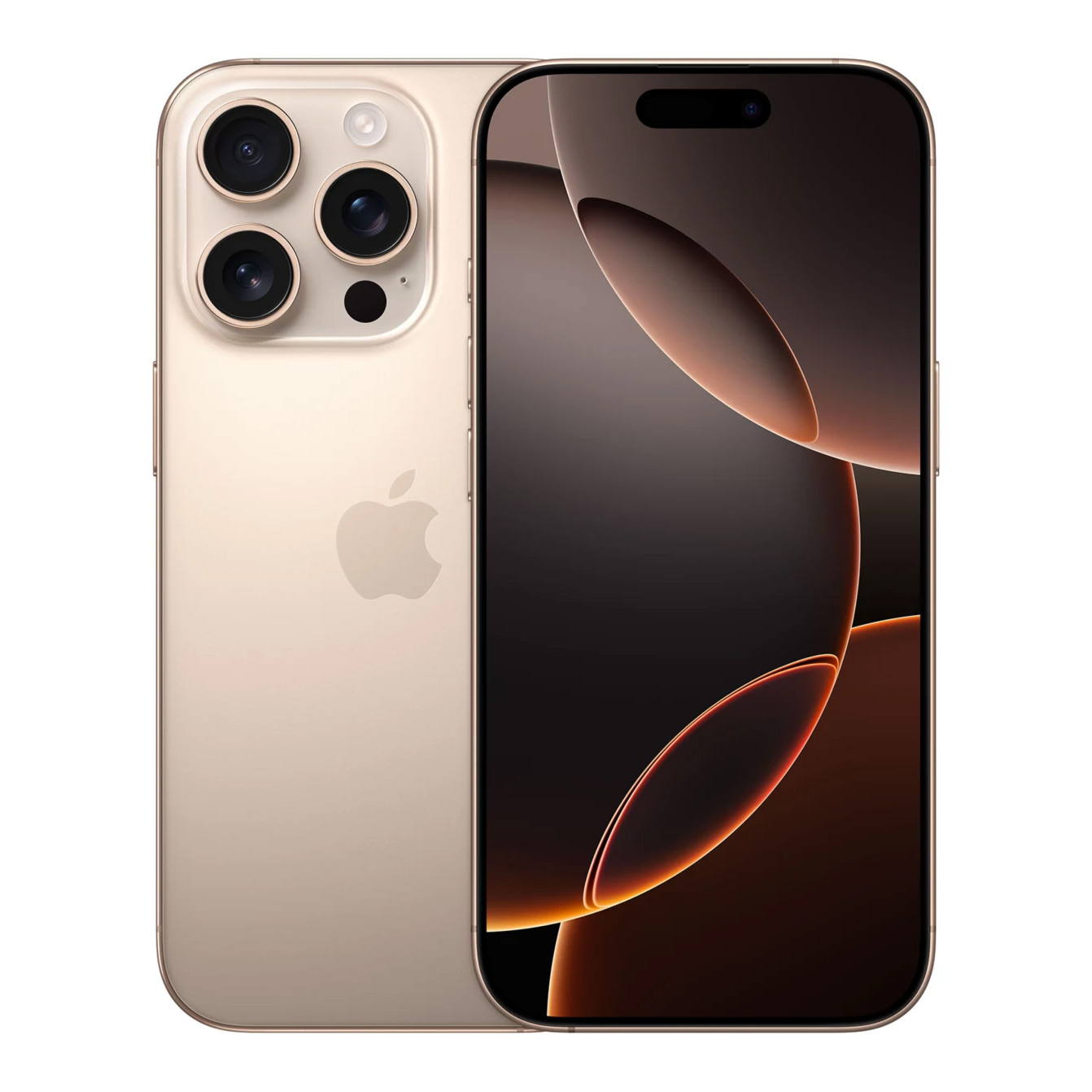
A powerhouse for the pocket with a 48MP sensors in both the tele and wide cameras and a 5x optical zoom, plus the fun of 120fps 4K slo-mo action and neat sound field editing, extends the Pro iPhone's powers
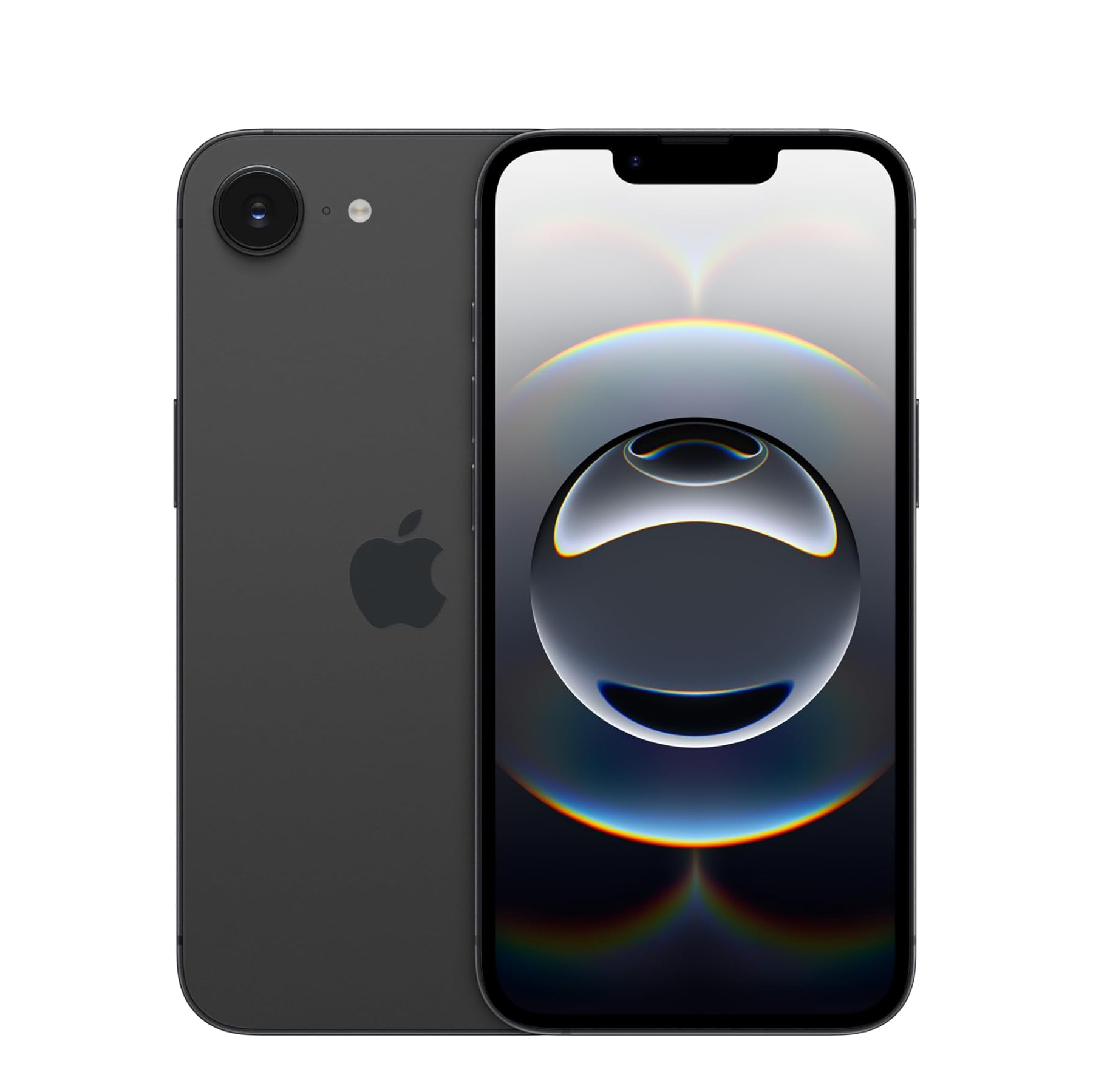
The iPhone 16e is not Apple's best camera phone, but it is certainly its cheapest. It packs some of Apple's latest in-house processors and the latest operating system to power through photo tasks. However, the screen and cameras are lacking, but there is no beating it on price (for iPhones anyway).
The best iPhone for photography
Why you can trust Digital Camera World
The best iPhone for photography overall
Specifications
Reasons to buy
Reasons to avoid
The iPhone 17 Pro Max is excellent for photographers because all three rear lenses now feature 48MP Fusion sensors, ensuring consistent, high-resolution detail and color accuracy across the board. Well spotted – that means the telephoto camera has been upgraded from 12MP to 48MP.
This 4x 48MP telephoto camera achieves an incredible 8x optical-quality zoom. This allows photographers to capture distant subjects with sharp detail, rivaling dedicated cameras. Furthermore, the camera system provides quick access to a full range of focal lengths, from 13mm to 200mm equivalents, directly in the UI for rapid on-site adjustments to composition.
Videographers will love the ability to capture uncompressed, high-quality ProRes RAW recordings that are essential for professional color grading and post-production flexibility. Features like Dual Capture and the high thermal management of the A19 Pro chip make it a reliable tool for sustained, high-quality video capture.
Overall, the iPhone 17 Pro Max is a powerhouse due to its A19 Pro chip and new aluminum unibody design with improved cooling. Its large 6.9-inch Super Retina XDR display is one of the best on the market, and the phone boasts category-leading battery life.
See our full iPhone 17 Pro Max test
The best iPhone for photography for most people
Specifications
Reasons to buy
Reasons to avoid
The iPhone 17 now features a dual 48MP camera system, with both the wide and ultra-wide lenses benefiting from an increased pixel count. This provides more flexibility for cropping without a substantial loss of detail, which is crucial for photographers looking to refine their compositions or create larger prints.
Photographers will also appreciate the enhanced zoom capabilities. The 48MP wide lens enables a 2x telephoto optical zoom by intelligently cropping the sensor, essentially providing three useful focal lengths in a compact dual-camera setup. This flexibility in focal lengths offers greater compositional versatility without relying solely on lower-quality digital zoom.
The camera system also boasts the Photonic Engine and Deep Fusion technology that leverage the powerful A19 chip to optimize photos. This results in an impressive dynamic range and fine detail, particularly in mid-to-low light. As a result, photographers can enjoy cleaner images with less noise.
Beyond the camera, the iPhone 17 features a 6.3-inch Super Retina XDR display with ProMotion, which brings an adaptive refresh rate up to 120Hz, making the display smoother than previous base models. Thanks to the powerful A19 chip, the phone is able to handle demanding photo-editing apps, video recording, and general multitasking with ease.
Read more: Apple iPhone 17
The best compact iPhone for photography
3. Apple iPhone 17 Air
Specifications
Reasons to buy
Reasons to avoid
The iPhone 17 Air might only boast a single rear camera, but it still offers a 48MP resolution. This lens provides high-resolution quality using advanced pixel binning to intelligently merge sensor data. That means the iPhone 17 Air can be relied upon for professional-grade photos and large prints.
The camera also features a 2x optical-quality zoom which crops the center 12MP of the 48MP sensor. This is equivalent to a classic 52mm equivalent focal length with no perceptible loss in quality. It will, of course, always pay off to move closer to your subject, but this is a great option when that's not possible.
The front camera offers an impressive 18MP which is equivalent to the iPhone 17. Its square sensor enables high-resolution vertical and horizontal selfies and videos without rotating the phone. I also love the Dual Capture feature, which records from the front and rear cameras simultaneously, which is ideal for vlogging, reaction videos, and capturing a scene along with the photographer's perspective.
The iPhone 17 Air is defined by its ultra-thin profile, measuring just 5.6mm thick, and is powered by the efficient A19 Pro chip. It features a large 6.5-inch Super Retina XDR display with 120Hz ProMotion and a durable Ceramic Shield design on both the front and back. The combination of flagship-level performance in a light and thin body makes the Air a unique choice for creatives.
The best iPhone for photography last-gen
Specifications
Reasons to buy
Reasons to avoid
One of the best things about this phone is the Camera Control button. It adds an undeniably natural functionality to me, someone used to using a 'real' camera. The fact I can tweak the button to EV compensation mode makes using the phone as a camera feel a lot more 'Pro' compared to tapping the screen to adjust exposure compensation. Apparently, we'll even get half-press to focus in a future software update – it doesn't really make sense on a phone camera, but I'm sure some photo retro fans will lap it up!
In terms of tech, I use the wide less frequently than the telephoto, so I'd have preferred it if Apple had chosen to upgrade that image sensor to 48 megapixels too, but it's still great that we're now looking at two 48-megapixel cameras (main and ultra-wide) in the three-camera system.
The refreshed computational photography system is a bit like having a kind of baked-in ultra-flexible filter system which you can change before or after shooting, and, while it'll take me a while to get used to, I'm sure some creatives will love it. It shows the potential for computational photography. RAW photo, ProRes Log video, and – now – 120fps 4K are there too.
The iPhone 16 Pro Max is a tiny amount bigger than its predecessor but no thinner; the screen is more perceptibly bigger, though, as the bezel has shrunk too, rising to 6.9-inch from 6.7-inch. More useful, it can now go right down to 1-nit at night if you don't want to wake anyone up!
Apple seems to be steering harder into the 'Pro' side. It can record ProRes video over USB-C cable and features 4 'studio quality' microphones. There is also 'ProMotion' – silky smooth 120Hz screens so you never see a judder as you scroll. Only Apple considers this a 'Pro' feature these days, but it does stand out!
Read more: Apple iPhone 16 Pro Max review
Cheapest iPhone for photography
5. Apple iPhone 16e
Specifications
Reasons to buy
Reasons to avoid
Want the photography smarts of a modern iPhone, but on a tight budget? Then I recommend the latest update to the iPhone 16 – the iPhone 16e. At a reasonably affordable price (it is Apple after all), you get an impressive camera setup, with a 48MP f/1.6 aperture wide camera on the rear. This isn't really in the same league as the iPhone 16 Pro Max, but that phone is several times the cost of the 16e.
The fast A18 Bionic chip makes everything work smoothly and beautifully, and there are photography-focused features such as the AI-enhanced Portrait mode and the same Smart HDR 4 tech as the iPhone 13, giving you lots of great shooting options. For selfies, the front camera (12 MP, f/1.9) is pretty decent too.
Elsewhere, the iPhone 16e offers 5G, longer battery life, and improved durability. It's rated IP68 for water and dust resistance, features the Home button, and supports Touch ID and Apple Pay.
On the downside, the screen is smaller than its XL siblings at 6.1 inches (unless you love small phones, that is), and you're not getting zoom or ultra-wide lenses. But overall, you're getting a very nice camera phone indeed, for not a lot of money.
How to choose the best iPhone for photography
Choosing the perfect iPhone for photography involves considering each devices cameras, your expectations for what you hope to shoot, and of course – your budget. The latest iPhone models, such as the iPhone 15 series, boast cutting-edge features and enhanced capabilities but are also the most expensive, you can save some bug money by looking at older and cheaper models.
iPhones also cater to different size preferences – from the compact 4.7-in iPhone SE to the 6.1-in iPhone 15, all the way to the biggest 6.7-in iPhone 15 Pro Max, there is a size of iPhone for almost everyone. However, camera enthusiasts seeking advanced photography and videography will find the most powerful camera systems in the largest Pro Max model.
Battery life is also a crucial factor for power users, with models like the iPhone Plus or Max models offering extended usage over smaller iPhones with their more diminutive batteries.
Future-proofing your purchase is essential, newer models typically receive updates for a longer duration, ensuring compatibility with upcoming apps and features. Although Apple does promise up to 7 years of updates, so even the oldest phone on this list has quite a few years left.
What are the best iPhone accessories for photography?
If you want to create with your iPhone, then there are plenty of brilliant accessories to improve your photography and video. The microphones in the iPhone are great, but you can't beat one of these best microphones for iPhone for even better external audio recording. You will really notice the difference in quality. If you want to expand beyond the cameras on your phone, the best add-on lenses for phones give you more options for wide, telephoto, and macro photography.
Is iOS better than Android?
Well, depends on who you ask! The real truth of the matter is – both operating systems are excellent, and there is really not a huge amount between them. Both systems provide nearly all of the exact same features but just function in slightly different ways. Both have all the major apps you are likely to use. The OS to pick is just the one that you enjoy using more on a day-to-day basis.
How we test the best iPhones for photography
As a photography website, we pay special attention to the photo and video quality of iPhones. We rate resolution, noise, and color rendition in the context of what rival camera phones can do, and where there are any special features, such as ‘night modes’ or ‘portrait modes’, we check that these perform as the makers describe. We also use our expertise in digital cameras to compare how these phone cameras compare to a dedicated mirrorless camera – and make comparisons based on some very realistic expectations.
We then assess each phone for general handling, usability, and practicality – such as battery life. We do this by using the phone for the entire time we have the unit for review, attempting to use the iPhone for as many tasks as we can see fit to test the widest variety of its functions. Camera phones are all-around digital assistants too, of course, so we also check out Apple's (and Siri's) AI smarts.
We can then compare this to all the other current and previous iPhones to create this guide covering our recommendations for what makes the best iPhone for photography for different users.
Read more about how we test and review at Digitial Camera World.
The best camera deals, reviews, product advice, and unmissable photography news, direct to your inbox!
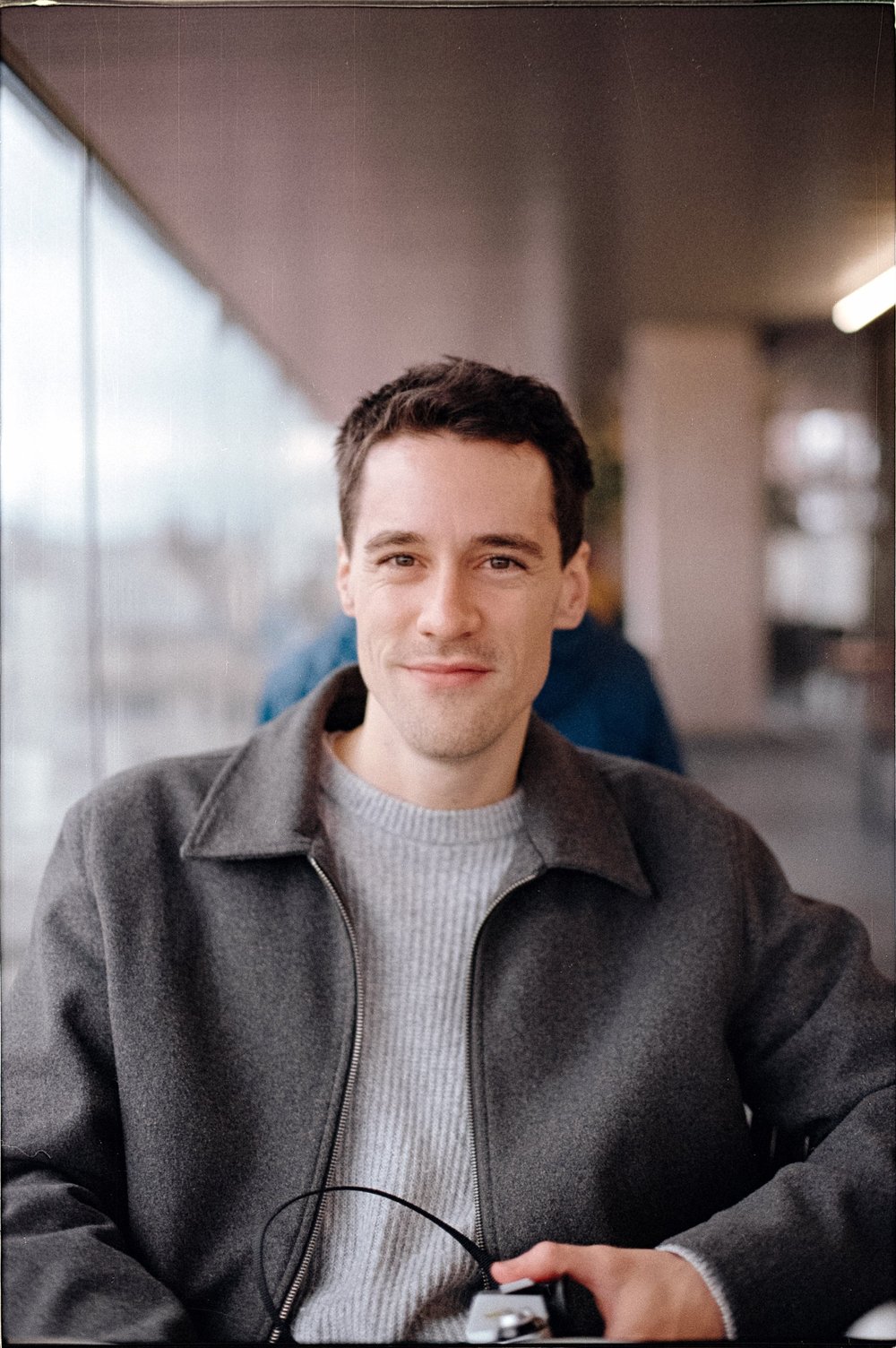
Gareth is a photographer based in London, working as a freelance photographer and videographer for the past several years, having the privilege to shoot for some household names. With work focusing on fashion, portrait and lifestyle content creation, he has developed a range of skills covering everything from editorial shoots to social media videos. Outside of work, he has a personal passion for travel and nature photography, with a devotion to sustainability and environmental causes.
- Adam JuniperManaging Editor
- Basil Kronfli
- Paul HattonFreelance tech writer
